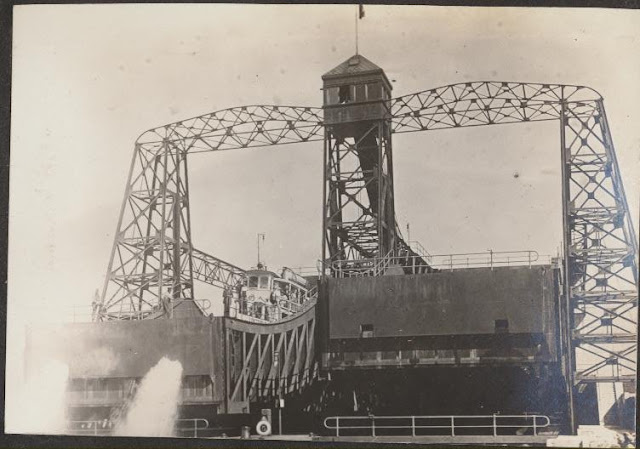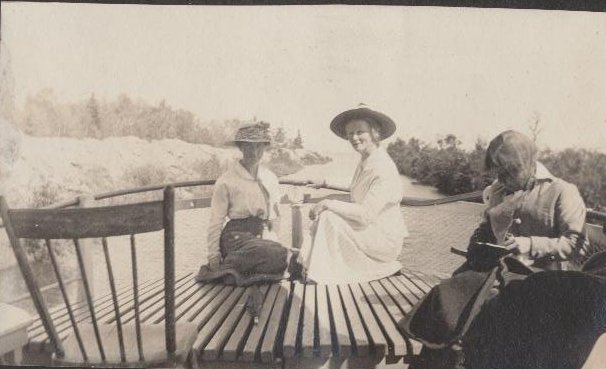In particular the images were of the Kirkfield Lift Locks. The Kirkfield Lift Locks were begun in 1900 and were completed in 1906. They were officially opened in June 1907. The concept of the lift locks was contrived by Richard Birdsall Rogers (15 January 1857 – 2 October 1927), a Civil and Mechanical Engineer who studied at MCGill University Trent Canal Rogers Belgium , France and England Rogers adopted the design of the Old Canal du Centre lifts in Belgium for the Lift Locks on the Trent Canal
Richard Birdsall Rogers, 1878 McGill grad photo
Courtesy of Wikipedia
Prior to the construction of the Peterborough Lift Lock, also designed by Rogers
In his biography written by Trent University, it was written:
“During the construction of the Hydraulic Lift Lock, Rogers Ottawa and Montreal Rogers Ottawa for Rogers Rogers Rogers
Kirkfield Lift Locks under construction 1900-1906
One of two main contractors on the Works was Corry and Laverdure. The company excavated the site and built the concrete towers and lock.The other contractor was Dominion Bridge of Montreal which was hired to do the metal work including the rams, presses and large caissons of the lock.
The Peterborough Hydraulic Lift Lock officially opened in 1904 to great ceremony and fanfare with the Minister of Railways and Canals Hon. Henry Emmerson presiding and with the Postmaster General William Mulock in attendance. The Kirkfield Lock opened in 1906.
Source and for more information on the politics that tarnished Rogers' reputation
The Neeland family went on an excursion on the Lintonia.
These pictures were taken about 1914.
At the time it was opened in June 1907, it was written:
"This important link in this great enterprise gives a stretch of navigation, 160 miles in length, besides placing all the towns on Lake Simcoe in connection with the canal. There only remain 23 miles at the south from Healey’s falls to Trenton and 14 miles on the Severn River to complete the undertaking of a complete waterway from Georgian Bay to Lower Lake Ontario."
Source: Orillia
The same article also wrote:
BetweenLake Simcoe and Kirkfield, a distance of eighteen miles, there are five locks, each with a lift from fourteen to twenty one feet. The Kirkfield lock has a lift of 48 feet. It is situated at the height of land and Balsam Lake
The same article also wrote:
"The trip down the canal was a very pleasant one and decidedly unique. For the most part the canal went through good farming country and there was ample variety of scene. At one time there would be high banks on either side; at another the canal would be higher than the land level, the sides being immense dykes of concrete and clay construction. One section runs through overflowed land where the canal proper is difficult of location, the buoys not being set yet. The work is of the most substantial character, the locks being cement, bridges with massive piers and one immense stone bridge with a sixty foot span is most picturesque from an artist’s point of view and is striking contrast to the iron bridges so commonly seen.
Between











No comments:
Post a Comment